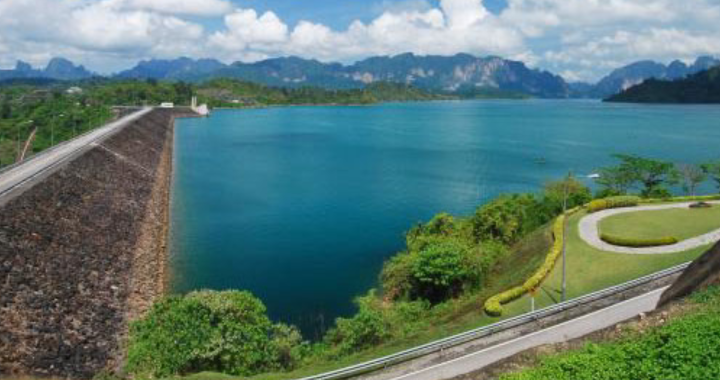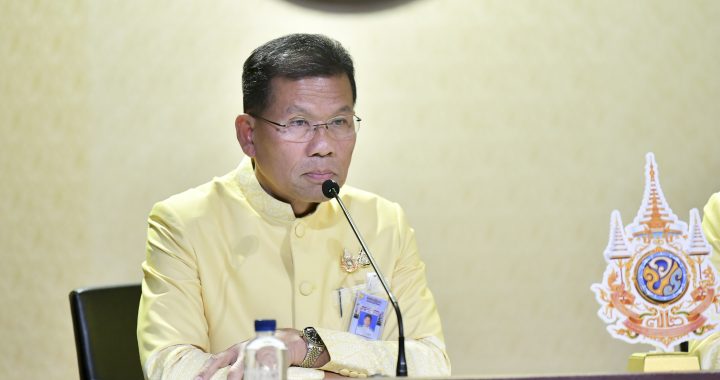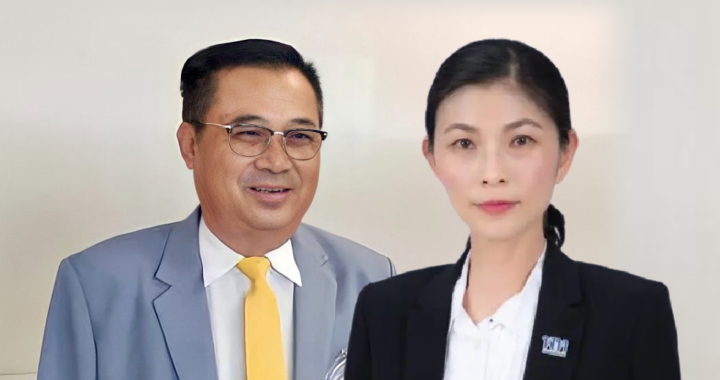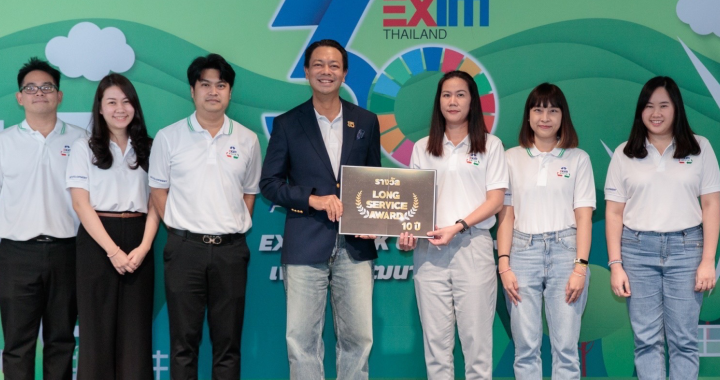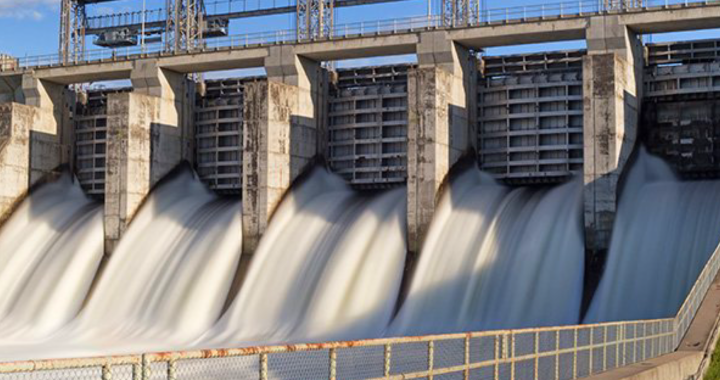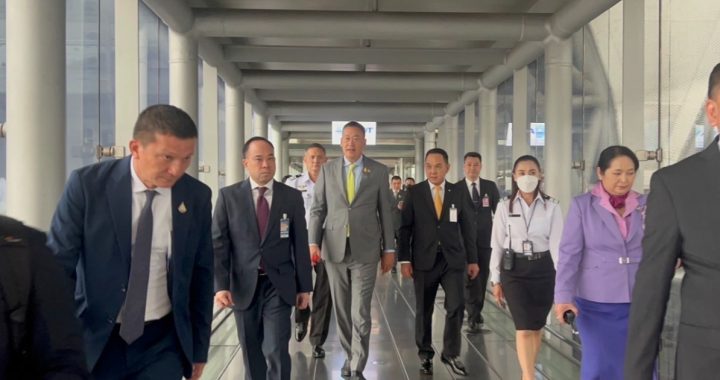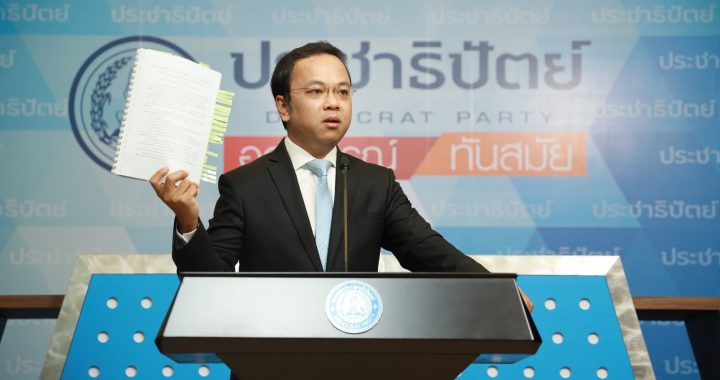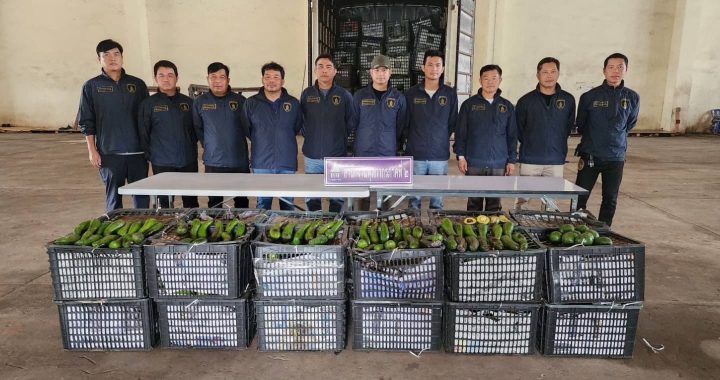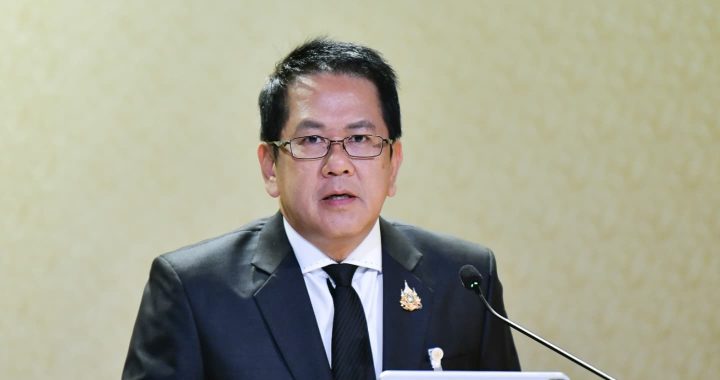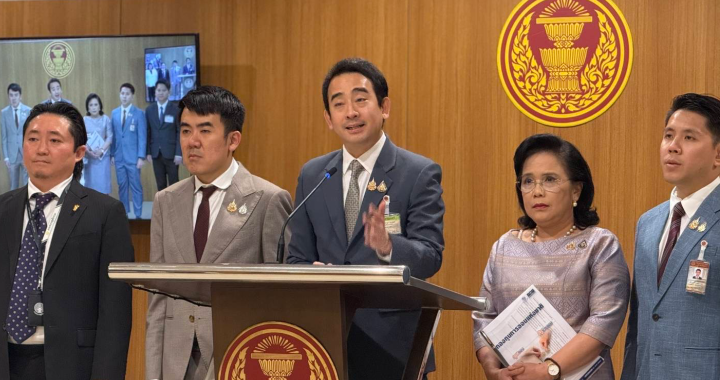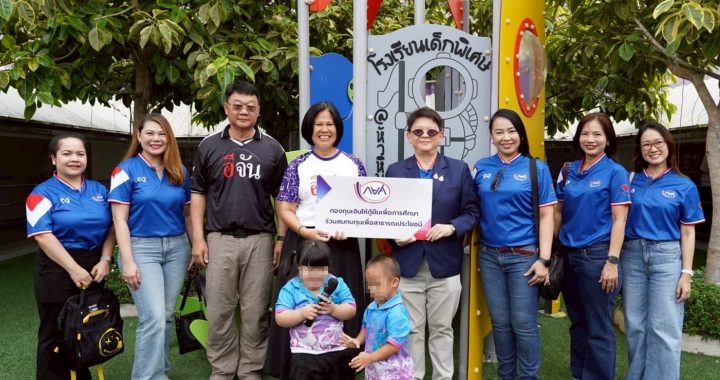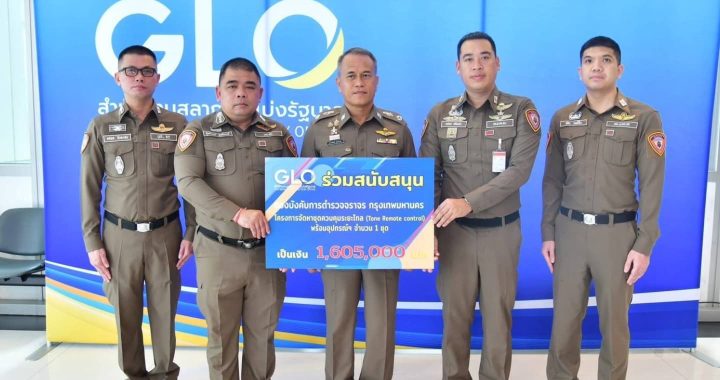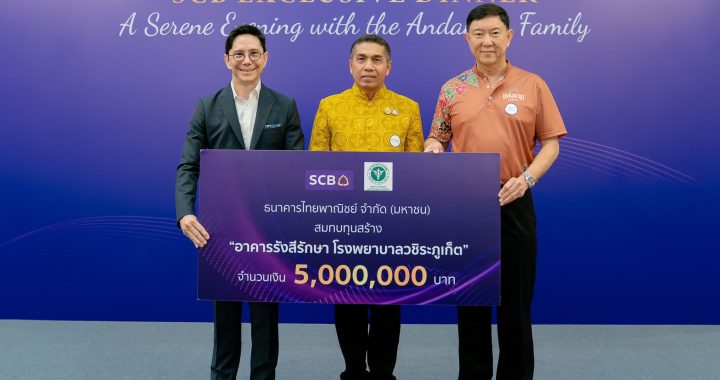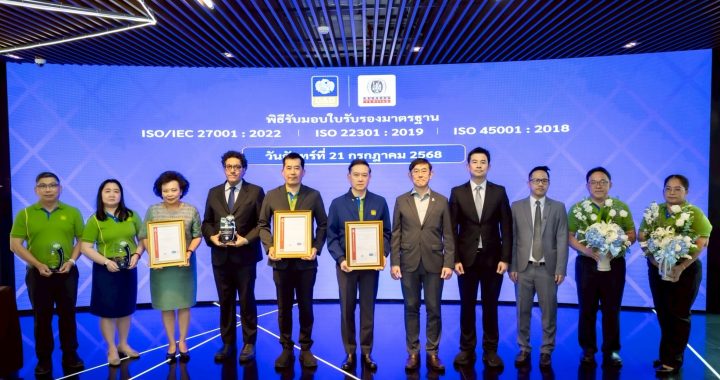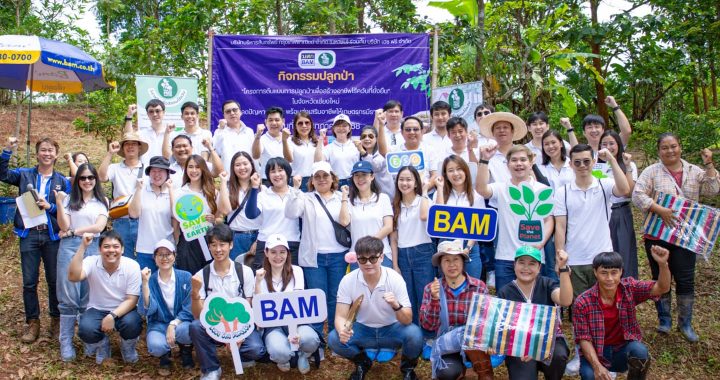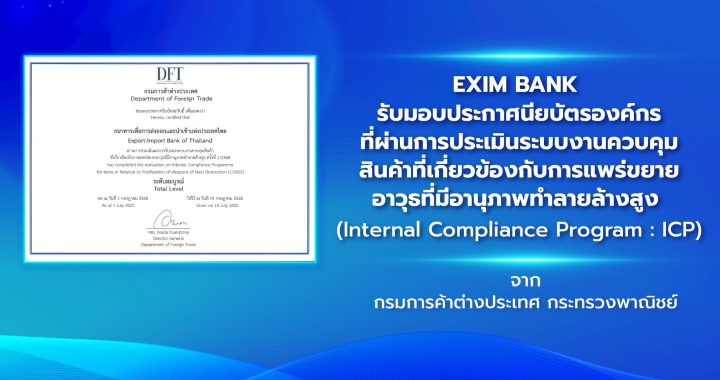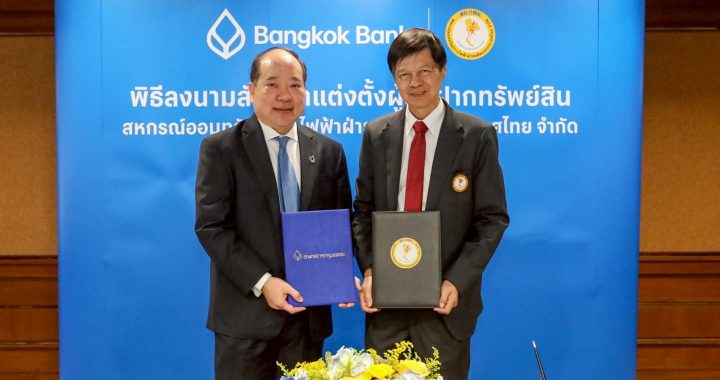COSTAT-DMR Proposed Next National Agenda: Protect Bangkok Submerged in The Next 17-20 Years.

5-4-2019–Yesterday at Golden Tulip Hotel Rama9 Road,COSTAT or The Council of Scientific and Technology Association of Thailand and Department of Mineral Resource(DMR) co-organized the seminar
“ Bangkok:The Under Water City” discussing about the future possibility that Bangkok to be flooded under water and how Thailand should get ready to handle the situation.According to Mr.Sommai Techawan Department of Mineral Resource General Director
“The ground of Bangkok and urban especially Samutprakan and Samutsakorn are in the risky situation to be flooded as it and could be submerged in the next 17-20 years, since it has been facing more land subsidence and climate changed might cause the raising of sea level and its fluctuation and heavy rain fall that could cause flash flood, while the sea wave approaching to erode the sea shore also tend to be stronger year by year, due to the plate tectonic that cause sea level more fluctuated. We should not ignore but plan well before hand Today almost all related expert were gathered to find the solution how to get ready to protect people from Submerged Bangkok.” said General Director Sommai.
Mr.Sommai said by the reason that Bangkok’s economics is accounted to about 40% of Thailand total GDP, while there are several millions people are living in Bangkok. This seminar is intend to make people aware but not frighten of the factors that has continue gradually developed and it could cause submerged Bangkok in the next seven to twenty years, in order to participate in finding the well plan solution to face the future highly possible incident, according to the factors data collected by several experts both Thais and foreigners.
“We need to raise the issue to be one of The National Agenda, by the reason that to solve such a huge issue need several relevant agencies’ unified integrating cooperation that only The National level authority can lead in command to control the plan to be able to be ran through. In order to have the solution plan succeed, it might need prime minister or deputy of national economics and securities to chair a specific committee comprise of the three key relevant experts and that might be 1) Academics-Researchers, 2) Government-Existing relevant national strategic committee with the authority in chief, and 3) Bangkok Metropolitan-Law and implementation.” said the general director.
According to Dr.Chalermchon Faculty of Engineer, Chulalongkorn University who had been participated in exploring land subsidence study with EU Engineer during 2004-2013.It was before major Tsunami Incident occurred in Thailand’s South when he begin the study by the High Precision Measurement tool, after The Tsunami incident, he then further the study by having Military Map Department as the key unit to measure the sea level using military sea level map until the year 2013, it was found that Bangkok is in danger, due to the sea level that has been raised 4-5 cm/year in average which was higher than the global average sea-level-raised rate. While it were also found in average 15-30 mm/year land subsidence, depend on which area. If combine the average sea level raised with the average land subsidence rate per year, we could forecast that the level of land in Bangkok could be gradually lower than the sea level could be accounted to 20-25 mm/year in average. We should not ignore and wait until the unexpectedly incident approached to Bangkok communities, as what the PM2.5 poison dust incident now harming people in The Northern of Thailand in crisis, after Thai people considered the problem as the normal seasonal incident which has been occurred every year.
Professor Tanawat Charupongsakul Chairman of National 20 Years Strategic Plan on “Enhancing Environmental Friendly Quality of Life” disclosed that after he join exploring the land subsidence around Samuth Chine Temple Area with Dr.Saito Japanese Geology Engineer, the exploring result forecast that the area could facing up to2.008 Meters collective land subsidence in 40 years after 1990.
While he found that since 1990, it was found the combination of land-subsidence and sea-raised-level average 3.5 Meters/years around the pilot zone in Mahachai Town. Thai Bay zone found average sea-level-raised 4 mm/year, while the 1.3-1.7 Km seashore land around Pantai Norrasigh Town was eroded 400 Meters, while BangPu Zone in Samutprakan was found 2.5 meters of seashore land was eroded.
Professor Tanawat said the Bangkok Submerged possibility issues will be soon raised into the national agenda next to PM2.5 issues to find the method aiming for the solution and will be soon considered by the meeting of National 20 Years Strategic Plan on “Enhancing Environmental Friendly Quality of Life” which is now study the bio-diversity in each of Thailand basin especially Chao-Praya basin covering several province in the Central Zone and to implement the solution must considered in holistic multidisciplinary way for the sustainable benefit of people living and tourist visiting around the basin.
There were the Thai Bay damn Project which connecting Petchburi to Chonburi province 90 Km length 38 Meter High estuary dam 40 Km away from Chao-Praya estuary shore project and 162 Km length Road-Lane-Dam projects proposed to government to prevent Bangkok flood in the long run. Professor Tanawat considered the 90 Km length damn to block the sea water to flood into the shore will keep collectively collecting the polluted sludge into the shore and unable to release away, and it could affect the environment around the towns next to the seashore. By the way to beware of the polluted sludge Professor Tanawat suggested the Green Damn and dry fleet technique, comprised of over 600 set of 200 meters blocks to block the sea wave to make the settlement harvest pushing the sludge to fall outside the blocks line.
“There are around one Million of people living in The North of Thai Bay zone and four river lines flowing to the estuary, we must consider bio-diversity carefully to make sure no severe affect people living before building any project around the area.” said Professor Tanawat.



